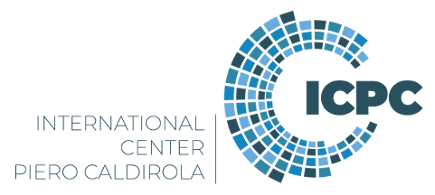Speaker
Description
JET, the Joint European Torus, has recently set new fusion records in two successive tritium campaigns in 2021 and 2023. An integral fusion neutron budget of 7.4e20 neutrons was carefully exploited, in the final campaign (DTE3) of JET’s historic mission, to maximise on the scientific impact of a series of campaigns exploring heating, fuelling, plasma control, disruption mitigation and tritium retention studies. A constant through these scientific campaigns was the need to have reliable neutron and gamma diagnostics, amongst others, monitoring the behaviour of the plasma and quantifying critical output parameters such as the neutron yield,
fusion power, plasma ion temperature, fuel ion ratio etc.
This work aims to outline the methodology followed in deriving neutron yields on the JET reactor during the record DT/DD campaigns and to highlight the associated uncertainties in the derived
data. To correctly deduce neutron yields from sets of discrete measurements, extensive data validation and modelling work needs to be carried out. Monte Carlo simulations, from a new high-fidelity radiation transport model of the JET machine, will be discussed along with plasma
neutron distributions, their source (birth) location, the scattering effects inside the vessel and the phenomena of neutron multiplication inside the machine via (n,2n) nuclear reactions.
Indeed, it has been found that since the introduction of the beryllium wall on JET, the degree of neutron multiplication reactions has increased considerably and now makes up approximately 20% of all neutrons during DT operations. The production, location and impact of these additional neutrons will be explained and their effects on fusion diagnostics and fusion power calibrations expanded upon.

